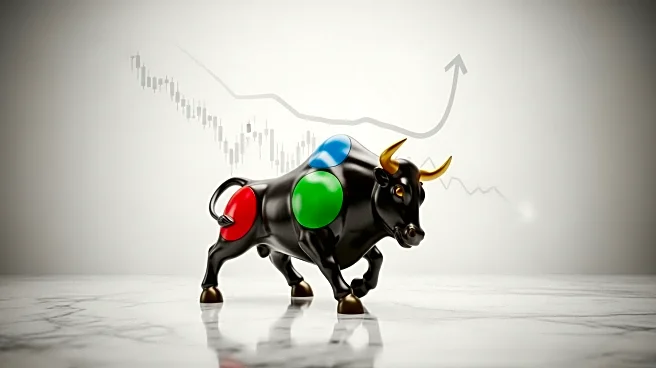What's Happening?
The cattle market has seen unprecedented highs in live and feeder cattle futures over the past year. Despite the rising prices, experts emphasize the importance of risk management strategies such as forward selling or hedging to lock in positive margins. While some producers may feel discouraged by margin calls and opportunity costs, the rising input costs make it crucial to continue implementing risk management strategies. The article stresses that while the market offers opportunities to shift risks, the emotional aspect of trading can lead to a mindset of complacency, which can be financially dangerous.
Why It's Important?
Effective risk management is vital in volatile markets to protect against potential downturns. As cattle prices reach record highs, the temptation to abandon risk management strategies can lead to significant financial losses if the market reverses. Producers who fail to hedge or forward sell may face severe consequences if prices drop suddenly. The article highlights the need for a balanced approach to risk management, ensuring that producers can capitalize on market opportunities while safeguarding against potential losses.
What's Next?
Producers are encouraged to maintain their risk management strategies and consider options like purchasing call options to cover positions. Engaging with professionals to tailor strategies to individual operations is advised. As market conditions remain dynamic, staying informed and prepared for potential shifts is crucial. The article suggests that producers should continue to evaluate their strategies and make informed decisions to navigate the complexities of the cattle market.
Beyond the Headlines
The situation underscores the psychological challenges of trading and the importance of maintaining discipline in financial decision-making. It also highlights the broader economic implications of commodity price fluctuations and the need for comprehensive risk management frameworks in agriculture. The article serves as a reminder of the cyclical nature of markets and the importance of long-term planning in agricultural operations.










